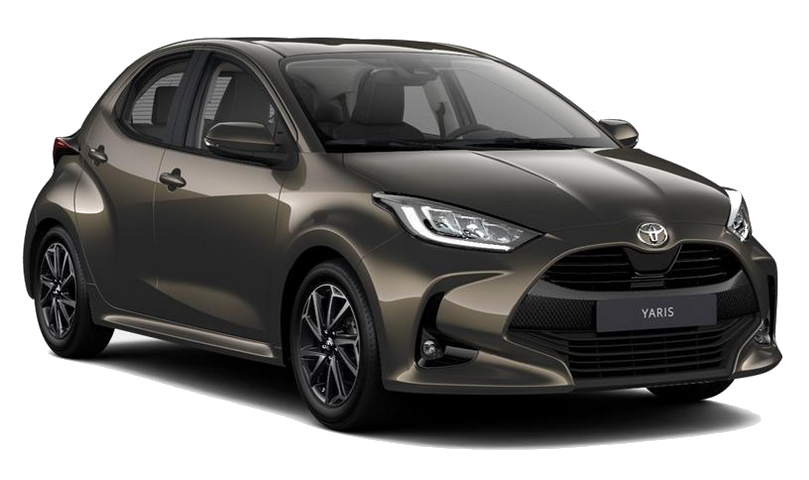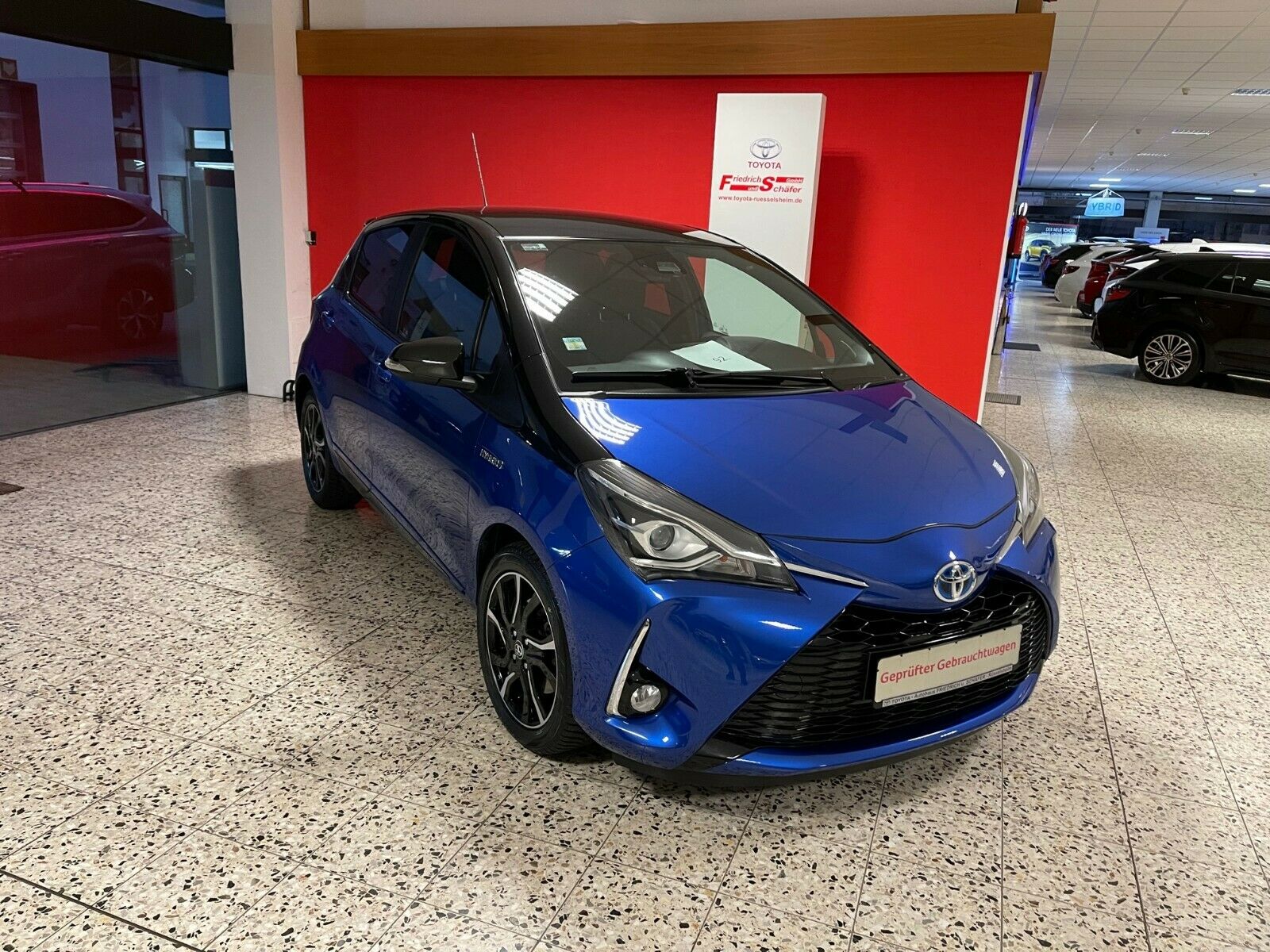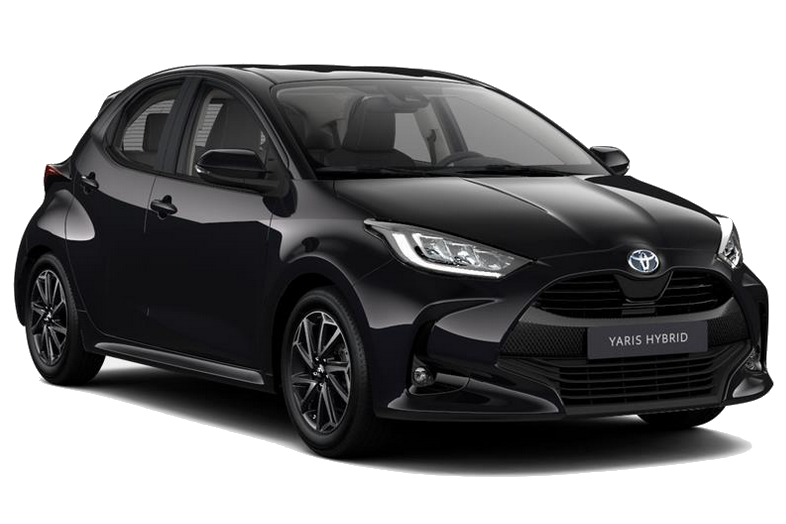… and a salute to Lewis, who – together with Michael Schumacher and with Valentino Rossi – is one of the greatest racers of all times.
A composite of ~ 70 photos
Six years ago I took some pictures of the moon and the stars – now here’s a composite of some. The background was made of about 50 images using a normal 25mm lens, with my camera riding piggyback on a large telescope in Darmstadt. The moon itself was composed of 21 images without using any lens, my camera was attached directly to my own 750mm telescope which I had to track manually.
I cropped and scaled this to 1920×1200 pixels to use it as a screen background or “wallpaper” on my monitor:
You can download it from Flickr as well, it’s a free image. Thanks for viewing, and for reading.
What to wear
Wear FFP2 or KN95 masks. German conclusion in Tagesschau about it, original research from Max-Planck-Institute, see also this American study. You’re welcome, and thanks for protecting yourself as well as others.
New car. Used of course.
Our car needs to be repaired. This time it’s the crank shaft sensor which has to be changed, and Mitchie decided that it’s not cost-effective to keep hanging on to that vehicle any longer; it’s now well over 19 years old and needs to be repaired more frequently lately, so she wants a new one.
No, not this one which Zuleikha saw and loved in our car dealers’ shop lately:

That’s almost the same they had given us last time, and about which I’ve written here already. Super car, but we wouldn’t like to spend 20k€+ on a new car right now.
So we decided to look for its last predecessor, which is the second facelift of the third generation of the Toyota Yaris line, and we’ve found a really nice one in a trim that Toyota calls the “Style Selection”. Here’s a photo taken from the dealer who had it on offer:

This one also has a 1.5l fuel engine, but a four cylinder instead of the three cylinders in the newer version. Plus, like all full hybrids, an electrical engine and a CVT – a continuous variable transmission, meaning: no gears. No clutch, no starter, alternator, no drive shaft as well. It has a combined power output of 100hp, three more than we have now, but the top speed is limited to 165km/h (more than enough in this day and age IMO). This “Style Selection” comes with two colours as you can see, and with 16 inch wheels, a bit bigger than what we have now.
The used car market is pretty empty at the moment, and it’s understandable why: people are thinking about getting full electrical cars, but most of us who live in urban areas don’t yet have the possibility to charge these at home, or on the working place. So no electrical, no plugin hybrid, but a full hybrid like this makes the most sense at the moment, and because everyone thinks that this time will pass as well, people are buying more used than new at the moment. Understandable in my opinion.
Bob from Ireland thinks the same, namely “that it makes a lot of sense” to get a car like these:
He’s driving the exact same car in red & black, and with the wheel at the other side of course, but beside of that, the same.
And here’s another (bit longer and) nice presentation from a German car dealer where Josephine also talks about the differences between her own and that slightly higher specced “Style Selection” model (in German of course):
I’ve driven “ours” (which is paid, but we don’t have it registered yet), and we’re very happy with what it is and what it does. I assume that we’ll get it in a few days, then I’ll report more, and have our old one repaired, maybe somewhere locally (and a bit cheaper than at an official Toyota repair shop?). Then we’ll have to see to whom this one will go…
Oh, and this “new” car doesn’t only take less fuel than our old one (I managed to get it to 4.8l/100km on our short test drive, the old one takes a bit more than 6 litres), it also takes “E10” which can be produced a bit more environment-friendly, and which costs 6 cents less per litre than the 95 octane “Super” we need now…
As always, thanks for reading, viewing, and watching. Also thanks to Bob and to Josephine, as well as to the people at our car dealers’. Be well and stay safe everyone.
The coolest PC build I’ve seen so far…
Look what Martina did:
What a fun project, and awesome result. And a million views on Youtube in just ten days, I hope they’ll have lots more…
Driving the car of the year
Our car is at the dealers’ garage right now, and in exchange they gave us this one, in black:

It’s the all new Toyota Yaris, and that’s a wonderful little car – it’s also the car of the year 2021:
So nice. It’s a hybrid, and it’s also *fun* 🙂
Now let’s hope that the repair of ours wouldn’t get too expensive…
P.S.: if you understand German, here are tests of this new and its previous 3rd gen Yaris Hybrid, both from Heise Autos.
A nice video from FSFE explains Free Software
See it in German or in English directly on the foundations’ site. Thanks for reading, and for watching.
A good balance between size and performance
In regards of space I’m a bit restricted, and so my thoughts about computers and cases to put them into lead me to Mini ITX, and to a case which was introduced last year and which immediately became one of the favourites in that size and price class, the CoolerMaster NR200P. Here’s Leo from Kitguru reviewing it:
You can also read their/his written review here in case you want to know more.
As you could see in the review video, my current drives – one 2,5″ SSD and one 3,5″ hard disk with 4TB – the same Leo was showing – both fit nicely. Plus modern mainboards all have space for one or two M.2 SSD drives which are even faster anyway, and the case could even take two more 2,5″ SATA SSDs behind the front plate – that’s 6 drives overall, surely more than enough storage options.
Of course one should also try to save some space with choosing components wisely, so as a power supply I’d take Corsair’s smaller SFX ones, the ‘Platinum’ specced ones have a set of nicer braided cables compared to the ‘Gold’ rated ones. Without ever planning to add a graphics card, a 450W model would be more than enough, if you want to keep the possibility to add a medium- or high powered graphics card later on, there are also models with 600 or with 750W available. Remember, the high powered system Leo was building there drew some 500 Watts from the wall socket when stressing it out, both CPU and GPU alike. For me, that would rarely to almost never happen… so what about cooling?
I’d go with air cooling with a Noctua L12S low profile top blower cooler. I’d never overclock a system, so that should be just fine for a CPU with a TDP of around 65W like the AMD Ryzen 5 5600G (6 Core / 12 Thread), the Ryzen 7 5700G (8 Core / 16 Thread) or a comparable Intel Core i5-10400 (not the “K” versions which take lots more power). Learn more about such coolers from Machines & More:
In case you also take low profile (or JEDEC-compatible) RAM which isn’t higher than 31,25mm, you could even let the cooler’s fan *under* the heat sink if you so desire, although these tests showed that it’s performing a bit better if you have the fan on top of the heatsink.
So for RAM a kit of 2x8GB or 2x16GB DDR4-3200 from Corsair (“Vengeance”) would be cool and wouldn’t restrict your mounting options.
For the main board, I’d go with Asus, but Gigabyte is also a good option and maybe a bit cheaper. Even MSI has a nice board, for AMD CPUs I’d take one with a B550 chipset, for 11th gen Intel chips a Z590 one.
All of the mentioned CPUs have graphics built right in, so you won’t have to overpay for graphics cards (only gamers would want these anyway, you can cut movies or “develop” photos without a dedicated graphics card just fine).
That would be cool machines, and maybe I’ll build one of these for a relative soon.
Oh, and a propos benchmarking: my own current system which is quite old already, and still has a 4th gen Intel Core i5 was behaving quite nicely when I stressed out its CPU with the Blender render “classroom” test:

As you can see, CPU average temperature was 41°C, max was 52°C, and the system was drawing about 72 Watts from the wall socket while doing this. Of course this took quite a while:

Over 31 minutes is slow, a more modern machine and chips like the ones mentioned above should do the same in about 8-10 minutes. And while they might draw a bit more power, they’d still do it in about a third to a quarter of the time, which makes them much more efficient in case you need that power…
As always, thanks for reading.
Robin Vincent about how to build an audio PC
Just found this awesome series from Robin Vincent about how to build an audio PC. It’s a bit over 2.5 years old, so when he’s talking about chipsets etc. it’s not that current anymore, but the principle is just right – and because I think that some of my friends over at Wikiloops would possibly be thankful for such explanations, here it is:
Molten Music Technology
1/7
Of course I would install Linux instead – or Windows *and* Linux – or Windows and *two* instances of Linux, which is what I did with my own machine. But that’s not part of what he’s talking about here, and I found his series really interesting. So thanks to Robin, and I hope that some of you who read this might find it useful as well.
As always, thanks for reading, viewing, and/or listening.
We’ve been busy. And now we’re kaputt…
After having two weeks of holidays, starting last Monday we’ve got new windows built into our flat – the whole flat, so all the furniture, computers etc. which was in the way had to be moved, all things which had any value had to be covered, and so on and so forth. A first time for me to actually live in/on a construction zone…
Anyway, we’re almost done. And now we’re kaputt, even our small visitor from the neighbourhood is as you can see:
As you can see, I can take photos and also type again, and my computer has internet again (no WiFi on this machine). The rest will follow…
As always, thanks for reading.


